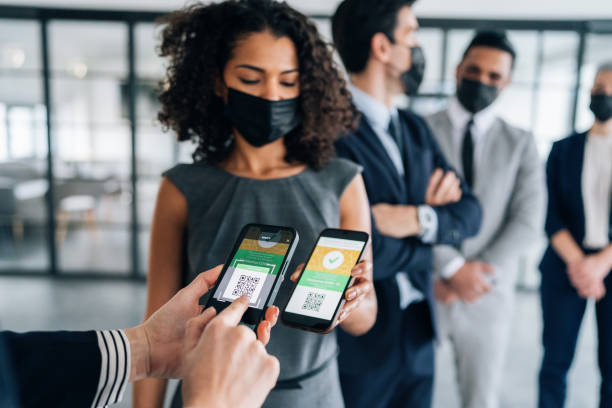Banks, financial institutions, and other companies could verify identities by matching a face in person to a tangible photo ID before smartphones, high-speed internet, and a pandemic transformed the globe to digital-first onboarding. Of course, one could hardly simply accept the certification at face value—no pun intended. The identity is still required to be verified by employing a back-end system to compare distinctive identifiers like name, date of birth, and address to separate credit header and utility data. So peoples avails document verification service
How does document verification operate in a world that has been digitally altered?
Process for Verifying Documents: Digitally Verifying Physical Documents and Attributes
Verifying a document’s authenticity is the procedure of document verification. The most widely accept and verifiable documents are typically. Those that have been issue officially, such as a driver’s license, bank statement, or other state or federal documents. Stamps, watermarks, fonts, and carrier materials are among the document attributes that are authenticate by the method. Additionally, the machine readable zone (MRZ) on the back of the ID is use to compare. The PII data from the front with the MRZ data.
With digital onboarding, candidates no longer need to be present in person for the authentication of their documents or the facial recognition of their photo ID. The applicant only uploads a selfie and a snapshot of their government-issued ID using an image capture programme on a smartphone.
The Workings of AI Document Verification
Integration
Integrating the software into your payment processing systems is the first step in employing AI technologies for document verification.
Document Verification with Low Friction
The new client will be request to share a photo of their official document. And a selfie they took using the app when document verification is necessary.
Document scanning using AI
The fraud detection programme then reads the data from the document using OCR (Optical Character Recognition) algorithms to look for any typographic differences that might point to document modification.
The AI algorithm also scans the document for any obvious signs of fabrication while comparing it to a database of known authentic documents. KYC Verification service are also use for this purpose.
Analysis of facial data
After the authenticity of the document has been establish. The algorithm will make sure that the customer’s face exactly matches. The one on the paper by using a sophisticate facial recognition system.
Verdict
The system will either automatically confirm the verification attempt as legitimate. Block it as fraudulent, or send it to your security team for additional examination a few seconds after the data has been submit for review.
Conclusion:
So in simple word document verification service is the latest technology in this era. Many companies use this service to verify documents.
